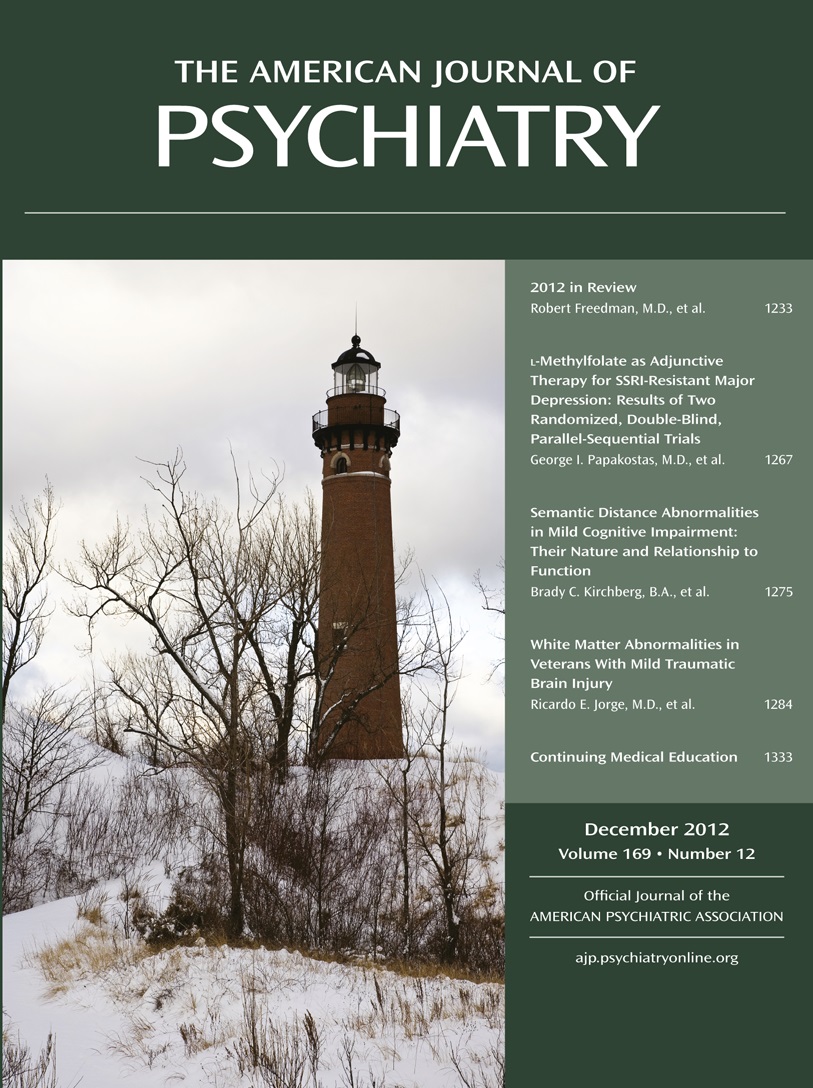The 2006 Nobel Laureate in literature, Orhan Pamuk, is from Turkey. The Black Book is one of his most notable books, published in 1990 and translated into English in 1994 and again in 2006. This book should carry a warning label for those who have trouble with personal identity and with defining where their world ends and where that of other people begins. The story is set in Istanbul. The key characters are emblematic of the whole book in that they are highly interrelated. The story is told mostly through the voice of Galip, a lawyer who is married to his cousin Rüya. The second narrative voice is that of Galip’s uncle, Celal, a famous Turkish newspaper columnist. After 3 years of a marriage in which Galip feels in love but distanced, as well as jealous and suspicious, Rüya abruptly disappears with Celal. Galip desperately searches for them. He plunges into a mystical and deep analysis of Celal’s newspaper columns, eventually moving into Celal’s apartment and searching through his private papers and pictures. In his endeavor to locate where they have gone, he immerses himself so completely into Celal’s world that he becomes part of it. He lives in Celal’s apartment, sleeps in his bed, and wears his robe. He uncovers all sorts of potential conspiracies, alluded to in coded language in Celal’s columns, and he “discovers” a system used by Celal whereby he discerned letters in the shape of a person’s features (nose, eyes, forehead, etc.) that are part of a code revealing something about that person. Members of left-wing Turkish splinter groups appear in newspaper articles under different names over the years because they wish to remain difficult to trace or to switch allegiances. A mysterious individual calls Celal’s apartment while Galip is living there. The caller thinks that Galip is Celal and wants to meet with him to discuss an impending military coup alluded to in Celal’s columns. As Galip stalls arrangement of a meeting, the man becomes angry and threatens him with murder. Galip tries to manipulate the man into providing the location or phone numbers of other apartments that serve as secret homes for Celal. Eventually, the newspaper that publishes Celal’s famous daily column runs out of material, and thus Galip begins writing the columns as though he were Celal.
In weaving this lyrical tale, Pamuk describes the struggle for national identity experienced by Turkey through the 20th century. He laments the powerful effect of foreign movies that led many Turks to forgo their traditions in terms of dress, speech, gestures, and social expression in favor of what they see in foreign movies. Poignantly, Istanbul’s most gifted manufacturer of store manikins can no longer sell his life-like creations to stores because they look too much like traditional Turks and not enough like Western Europeans or Americans. The stores have jumped on the identity-change bandwagon. However, the man continues making manikins, which are stored deep below the street level in Istanbul, like an inanimate community from the past that is a rebuke to current society’s abandonment of its own traditions.
The weaving of a story within a story, or many worlds within each other or side by side like multiple universes, goes beyond the “subterranean” old Turkey and the “above-ground” new Turkey. In the book lies another story, that of a writer who marries a beautiful woman. His dreams and hers become the same, and their breathing is synchronous. This inspires his writing. Unfortunately, like Galip, without warning he is left by his beautiful wife and unable to tune into the dreams he once shared with her. He is unable to write a sentence. Strangely, his last book is about a man who changes places with his double. Perhaps inspired by this notion, he sets for himself the goal of remembering all the dreams of his former self when he was married and to become the double of the person he used to be. He succeeds, and at that moment, the sentences pour once more from his pen. He writes of duplicate worlds that coexist. He begins writing the novel about the man who has a double all over again. This complicated tale is heard by Galip from one of a series of people telling love stories in a noisy Istanbul bar. Galip, in turn, tells a story of a journalist who read a book by Marcel Proust and was so enthralled that he immediately read it again and went on re-rereading it for the rest of his life. Eventually, he came to believe that he was Proust and lived his life with this new identity. And so this book goes on with its intertwined stories and worlds within worlds, like a magic carpet that is closely woven with a sort of dense text that one finds in the works of Saul Bellow and Joseph Conrad. There is no skimming through this book. Its swirling narrative sweeps us along as if in a crowded chaotic bazaar, while Galip searches for Rüya and Celal.

